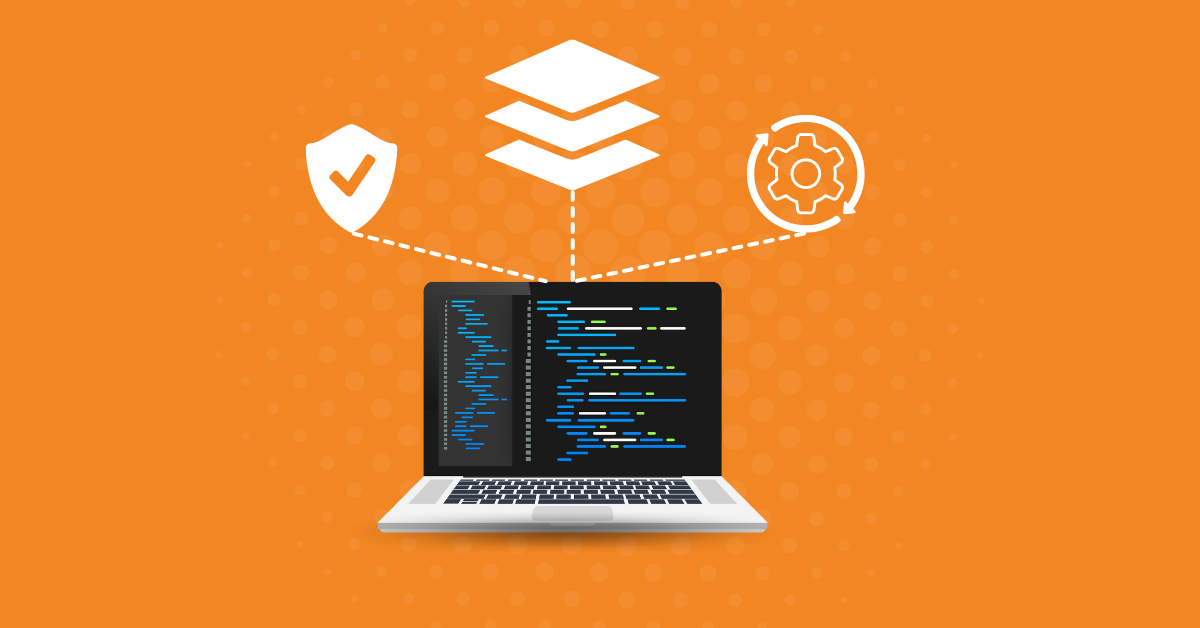
There’s no sugarcoating it: The current state of cybersecurity is daunting. Cyber threats become more complex and costly every day, leaving developers scrambling to defend their networks, servers, cloud storage, and mobile applications.
The numbers don’t lie. Data breaches spiked 20% from 2022 to 2023, resulting in massive customer privacy violations and financial devastation for the victimized companies.
Since consumers spend four to five hours daily using mobile apps to handle everything from banking to insurance to online shopping, the volume of sensitive data in transit continues to rise. This untethered information makes mobile platforms a feeding ground for ambitious hackers. These experienced criminals have learned to target and exploit app vulnerabilities so that, in a matter of seconds, they can identify and steal data they can successfully convert into financial gain.
Still, many companies need to secure mobile applications adequately. Studies show that 83% of financial apps store data insecurely, and 97% lack basic security methods.
However, as cyberattacks evolve, so do defense methods. Security teams increasingly need a unified front with multiple layers of protection. It needs to be more than just a patchwork of individual tools. It needs to be a network of interdependent solutions that strengthen each other and create a cohesive defensive unit that eliminates security gaps.
Read on to explore the different stages of online and mobile app security and discover how to build an effective, cohesive tool suite to navigate these murky and often confusing waters.
There’s no single solution to effective, future-proof cybersecurity. Instead, it’s a multi-stage process, with each stage requiring a different tool to lay the framework, build the walls, and implement defense strategies. Using this methodology provides the best overall defense against looming threats.
Security teams should view cyber defense as a unified front that blends tools to identify liabilities, obfuscate code, and automate testing. These three elements form the core of any modern app security strategy. But remember, the key is to choose compatible and synergistic tools.
Failure to secure application code right at the outset can lead to security breaches. For example, iOS apps written in Swift are open-source and run on a simple structure. Apple developers love Swift as a collaborative tool with heightened functionality, but this environment leaves code visible, vulnerable, and ripe for harvesting by cyber attackers on the prowl.
From there, they can reverse engineer code and steal intellectual property or inject malware that may target and expose sensitive data. Malware may also self-propagate and cause application problems or even complete system failure.
Maintaining a secure code base requires the following:
Instead of wasting countless hours scouring code to detect vulnerabilities manually, security teams should consider an automated analysis tool like Kiuwan.
Kiuwan is an excellent, trusted end-to-end application security platform that empowers developers to manage code and visualize gaps. The tool aligns with the most important security standards, including OWASP, CWE, CPE, and NIST, and supports over 30 of the most common coding languages. Once integrated, Kiuwan analyzes code and automatically ranks security risks based on severity.
Kiuwan’s thorough risk analysis shines a virtual “bright light” on existing issues, providing visibility that engenders more secure web and mobile applications. However, identifying the problems is only the beginning.
Once you find a tool that discovers and communicates what’s wrong with your code, you can make structural changes to fortify its defenses. Application hardening techniques take many forms, one of the most prevalent being code obfuscation.
Code obfuscation is a simple concept: modifying executable code makes its surface properties unrecognizable but preserves its functionality.
However, implementing it effectively is anything but simple. Many different obfuscation techniques vary across coding languages.
Some main app hardening techniques include:
PreEmptive offers a wide range of powerful app-hardening tools for web pages and mobile-based applications. For example, Defender for iOS specifically hardens Swift and Objective C languages and enables non-intrusive anti-tampering tactics. Developers can leverage these new capabilities to build the safest code for Apple users.
Even after wrangling some tools that discover and expose an app’s vulnerabilities and others that render it as tamper-resistant as possible, your security triumvirate is still missing a critical component.
The first two stages involve analyzing and restructuring existing code. However, if the goal is to build a future-proof cybersecurity model, a solid, automated testing solution is essential. It must be able to run on all platforms, assess security risks in real time, and issue immediate security alerts with actionable steps to remedy the issue.
Ranorex Studio is at the forefront of test automation, offering an intelligent UI test solution that employs machine learning across various tech environments and coding languages.
Some of Ranorex’s principal security features include:
A good automation tool doesn’t just produce safer code. Automating key responsibilities like bug tracking and jailbreak detection helps speed up the deployment process, which means faster release cycles and higher-quality apps.
Finding the right cybersecurity tools takes work, but the work is well worth the reward. Don’t believe you’ll see results with a “working-in-silos” approach. Integrating a unified suite of tools that weaves a strong defense is your best option amidst the ever-evolving shadow of cyber threats. Of course, the right solutions hinge on your business’s unique needs.
Whether or not you believe in a “future-proof” cybersecurity system, check out this trio to see how close you can get. Build a unified front today and start testing tools that interlock to form a digital forcefield around your most valuable online assets. Click on any link for a free trial: